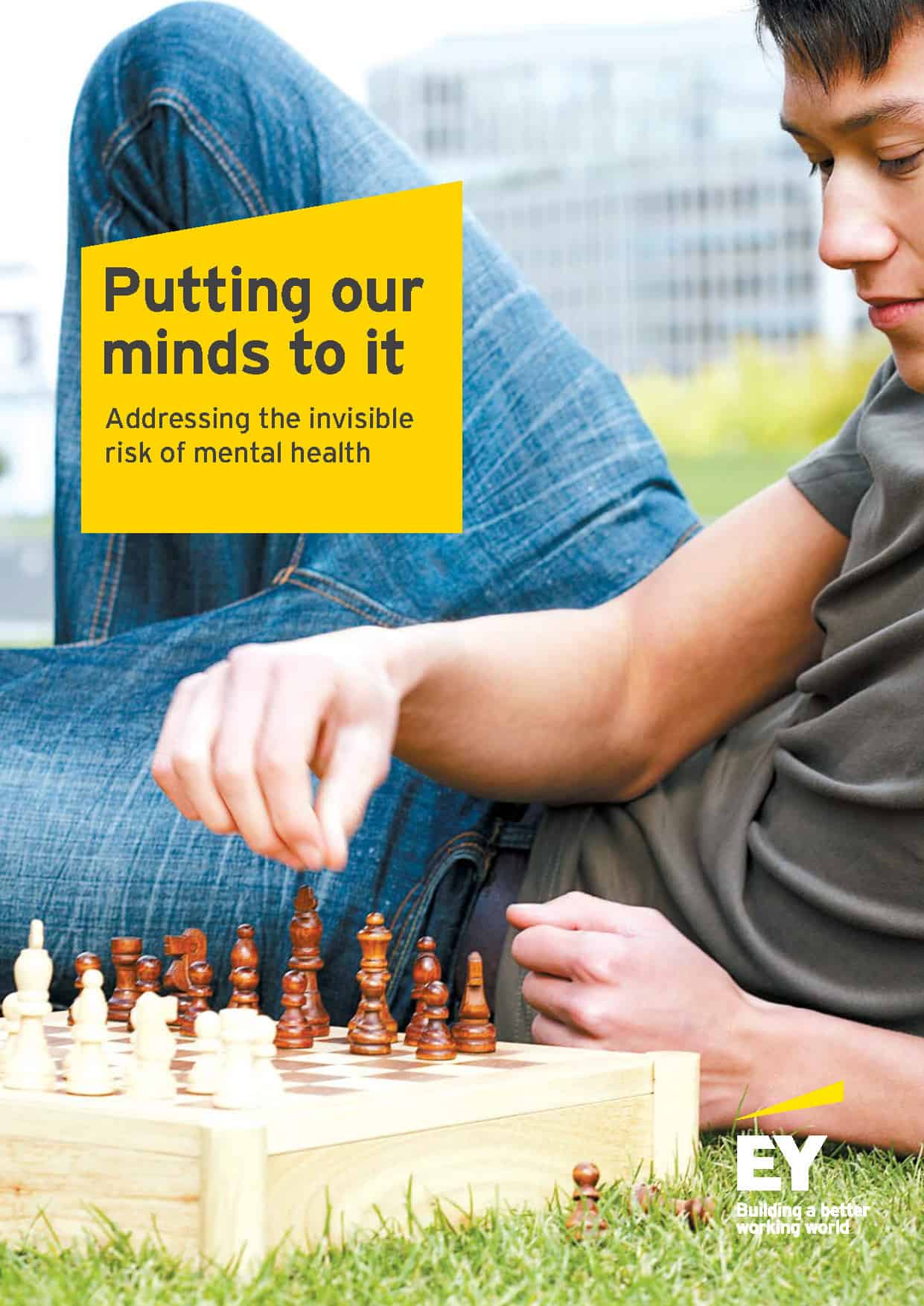All professionals need to keep up with contemporary thinking and not only in their own discipline. Below is a list of the books that I have read and reviewed in 2015. This is followed by a list of the books still in my reading pile that I will get round to soon.
Books I have written about this year:
Workplace Bullying by Joseph Catanzariti and Keryl Egan
Job Quality in Australia edited by Angela Knox and Chris Warhurst
Master Work Health and Safety Guide 2nd Edition, CCH Wolter Klouwers
Ten Pathways to Death and Disaster – Learning from Fatal Incidents in Mines and Other High Hazard Workplaces by Michael Quinlan
Nightmare Pipeline Failures: Fantasy Planning, Black Swans and Integrity Management by Jan Hayes and Andrew Hopkins
Safe Design and Construction of Machinery – Regulation, Practice and Performance by Elizabeth Bluff Continue reading “Look back at the OHS books of 2015”


 Judith Hackitt, Chair of the UK Health and Safety Executive
Judith Hackitt, Chair of the UK Health and Safety Executive Recently,
Recently,